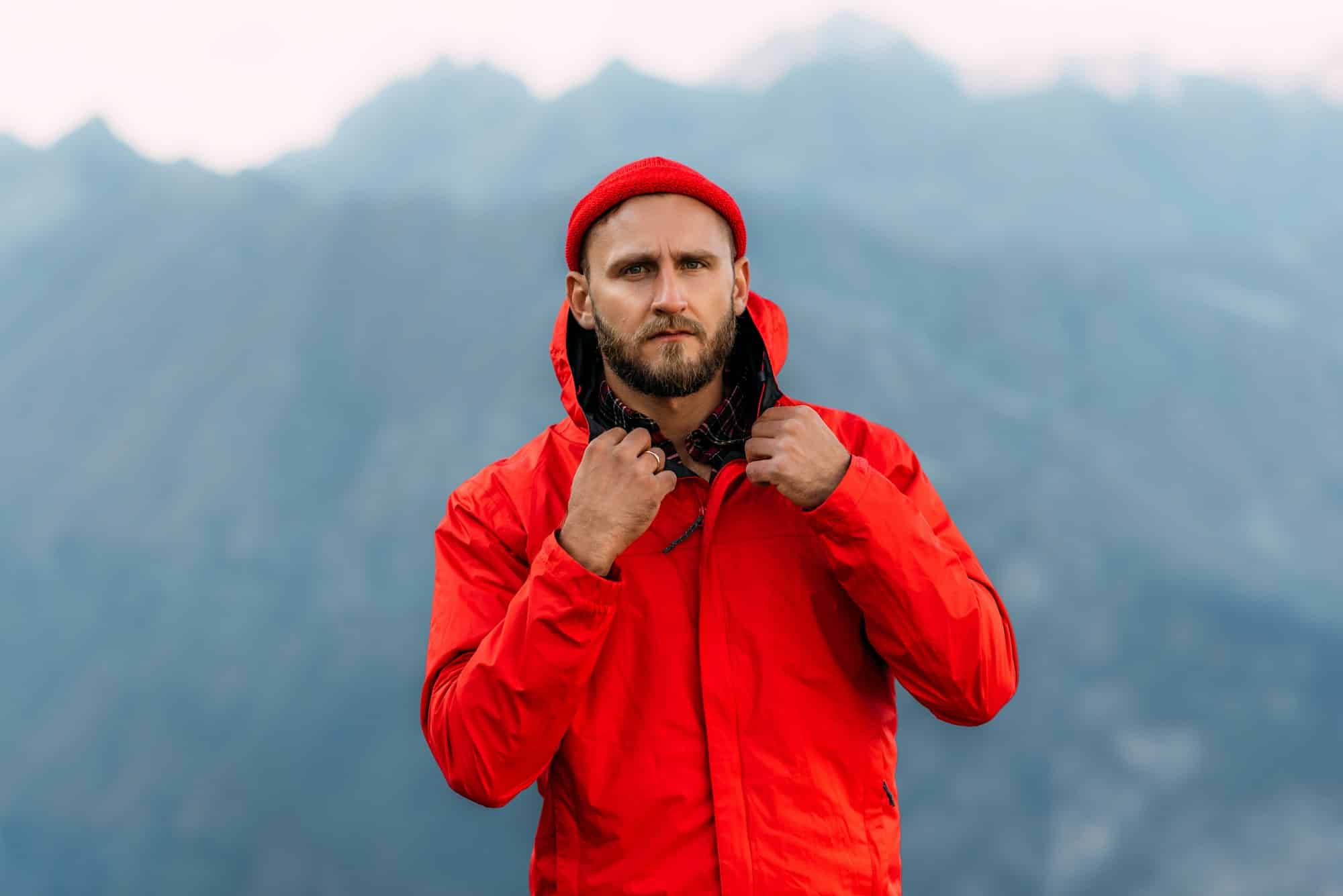Finding the perfect lightweight down jacket can seem like an overwhelming task, especially when you want to maintain your professional appearance while staying warm in the harsh winter conditions. This article will guide you through the key features to consider to ensure you select a down jacket that combines performance, warmth, and sophistication. We will explore different aspects, from the fill power and weight of the jacket to its fabric and water resistance.
Understanding Down Jackets and Fill Power
The fill power of a down jacket gives you an idea about the jacket’s ability to trap air and thus, its potential to keep you warm. The fill power is an indicator of the quality of the down used. Higher fill power means that the down is more efficient at trapping air and providing insulation.
Have you seen this : What Are the Best Shoe Styles to Pair with a Midi Wrap Dress for a Fashion-Forward Office Look?
Typically, down jackets with a fill power rating of 500 to 600 provide good warmth and are suitable for moderate winter temperatures. Jackets with a fill power rating of 700 to 900 are considered excellent and offer optimal warmth in colder conditions. However, the higher the fill power, the more expensive the jacket will likely be.
Down jackets are filled with feathers, most commonly from ducks or geese. The loft or fluffiness of the down creates thousands of tiny air pockets that trap warm air and retain heat, making down jackets one of the best options for harsh winter conditions.
This might interest you : What Are the Most Stylish Waterproof Watch Options for the Career Woman On-The-Go?
Considering the Weight of the Jacket
The weight of the down jacket is a crucial consideration. For day-to-day use and commuting to work, you would want a jacket that’s lightweight and not too bulky. A heavy jacket may provide high warmth, but can be cumbersome to carry around.
Lightweight down jackets are usually made with higher fill power down, which offers more warmth for less weight. Patagonia, for instance, offers lightweight down jackets that are incredibly warm and packable, making them convenient for daily use.
Keep in mind that lightweight doesn’t necessarily equate to less warm. It’s about the quality of the down and the construction of the jacket that determines how warm the jacket can be. Look for jackets with box-baffle construction, which creates compartments that evenly distribute the down and prevent it from shifting. This ensures consistent warmth throughout the jacket.
Checking the Fabric and Water Resistance
The outer fabric of the down jacket plays a significant role in determining its durability and water resistance. Jackets with a high denier (D) count tend to be thick and durable, but they may also be heavier. Jackets with a lower D count are usually lightweight but may not be as durable.
Many down jackets have a durable water repellent (DWR) coating to make them water-resistant. While down jackets are not meant to be completely waterproof, a good DWR finish will protect the down fill from getting wet and losing its insulating properties. So, if you live in an area where it frequently rains or snows, water resistance is a feature you should consider.
Choosing the Right Hood and Other Features
A hood can add significant warmth to a down jacket. Some jackets come with a detachable hood, which offers versatility. You can attach it when the weather is very cold, or remove it when you want a more streamlined, professional look.
Apart from the hood, pay attention to other features such as pockets, cuffs, and zippers. Pockets with zippers are practical and secure, allowing you to safely store your essentials. Elasticated or adjustable cuffs can seal in warmth and offer a better fit.
Selecting the Best Down Jacket for Men and Women
While the qualities to look for in a down jacket remain the same for both men and women, the fit and design can differ. For a professional look, opt for a jacket with a sleek, tailored fit. Avoid jackets with a shiny finish or bright colors. Instead, go for neutral colors like black, grey, or navy.
Women’s down jackets sometimes come with a belt or a cinched waist to give a more feminine silhouette. Brands like Patagonia offer stylish yet functional down jackets suitable for a professional environment.
Remember, the best down jacket for you is the one that meets your specific needs, whether it’s for warmth, lightweight, packability, or water resistance. It should also align with your personal style and professional image. It’s worth investing in a high-quality down jacket, as it can last for many winters if properly cared for.
Exploring Popular Brands: Patagonia, Arc’teryx, and Mountain Hardwear
Top brands such as Patagonia, Arc’teryx, and Mountain Hardwear are well-known for their high-quality lightweight down jackets. These brands use different materials and technologies to produce jackets that provide excellent warmth and durability, while maintaining a professional appearance.
Patagonia offers a range of down jackets, including the popular Down Sweater. This jacket boasts a 800-fill power goose down, ensuring high warmth-to-weight ratio. It is also known for its durability and packability, making it an excellent choice for both outdoor adventures and daily commute.
Arc’teryx, renowned for its high-quality outdoor gear, features the Cerium series in their down jacket lineup. The Cerium LT jacket, for instance, is constructed with a mix of 850-fill power goose down and Coreloft synthetic insulation. This combination provides excellent warmth and water resistance. Its streamlined fit and minimalist design also make it suitable for a professional setting.
Mountain Hardwear, on the other hand, is famous for its Ghost Whisperer Down Jacket. It is one of the lightest down jackets on the market, without compromising on warmth. The Ghost Whisperer boasts a 800-fill power down and utilises Mountain Hardwear’s unique Q.Shield technology, which makes the down water-resistant.
While these brands might be more expensive than others, they offer high-quality, durable, and functional down jackets that are worth the investment. However, it’s crucial to remember that the best down jacket for you depends on your individual needs and preferences.
Conclusion: Making the Best Decision for Your Needs
When selecting a lightweight down jacket, the optimal choice will be one that provides the perfect balance between warmth, weight, and professional appearance. Understanding the significance of fill power, fill weight, fabric, and additional features is essential in making an informed decision.
Whether you lean towards a Patagonia down sweater, an Arc’teryx Cerium jacket, or a Mountain Hardwear Ghost Whisperer, ensure your pick aligns with your specific needs in terms of warmth, weight, and packability. Factor in the local weather conditions, your daily commute, and the level of maintenance you’re prepared to provide.
Remember, a more expensive jacket with a higher fill power might provide optimal warmth and last longer, but it may not necessarily be the best for your needs. A less expensive, lower fill power jacket that is water-resistant and has a professional look may suit you better if you live in a milder climate and need a jacket that’s easy to carry around and maintain.
Ultimately, investing in a down jacket is not about following trends or going for the most expensive option. It’s about finding a jacket that keeps you comfortably warm, looks professional, and lasts for several winters. With the information provided in this article, you are now well-equipped to choose the best down jacket for you.











